How to Become an Airline Pilot in California?
Becoming a California airline pilot is the dream of countless aviation fans. The Golden State offers diverse landscapes, bustling airports, and top-notch aviation schools, making it an ideal destination for aspiring pilots. Yet, the path to becoming a commercial pilot demands dedication, perseverance, and strategic thinking. In this comprehensive guide, we will walk you through the step-by-step process of becoming an airline pilot in California, from understanding the requirements to securing your commercial pilot license and beyond.
Understanding the requirements
Before setting out on your quest to become an airline pilot, grasp the essential prerequisites and qualifications vital for this career path. This includes meeting age requirements, obtaining a high school diploma or equivalent, and possessing excellent physical and mental health.
Researching aviation schools
The first step in your journey is to research and identify reputable aviation schools in California. Look for institutions that offer comprehensive pilot training programs, state-of-the-art facilities, experienced instructors, and a strong safety record.
Evaluating flight training programs
Once you’ve shortlisted potential aviation schools, carefully evaluate their flight training programs. Consider factors such as curriculum structure, flight hour requirements, aircraft fleet, cost, and accreditation.
Meeting the Eligibility Criteria
To enroll in a flight training program, you must meet specific eligibility criteria set by the Federal Aviation Administration (FAA). This includes being at least 18 years old, proficient in English, and obtaining a third-class medical certificate.
Obtaining a Student Pilot Certificate
Before you soar, secure a student pilot certificate from the FAA. This will enable you to fly solo under certified instructor supervision.
Enrolling in Ground School
The ground school provides the theoretical knowledge necessary for becoming a pilot. Topics covered include aerodynamics, aviation regulations, aircraft systems, navigation, meteorology, and more.
Learning aviation theory
Beyond ground school, aspiring pilots delve into aviation theory, grasping flight principles, aircraft performance, and navigation essentials—the bedrock of safe and adept flying.
Completing Flight Simulator Training
Flight simulator training offers a realistic and risk-free environment for practicing flight maneuvers, emergency procedures, and instrument flying. It helps build confidence and proficiency before transitioning to actual aircraft.
Acquiring flight hours
Accumulating flight hours stands as a pivotal facet of pilot training. As you progress through your flight training program, you’ll log hours of flight time while gaining experience and honing your skills.
Choosing the Right Flight Instructor
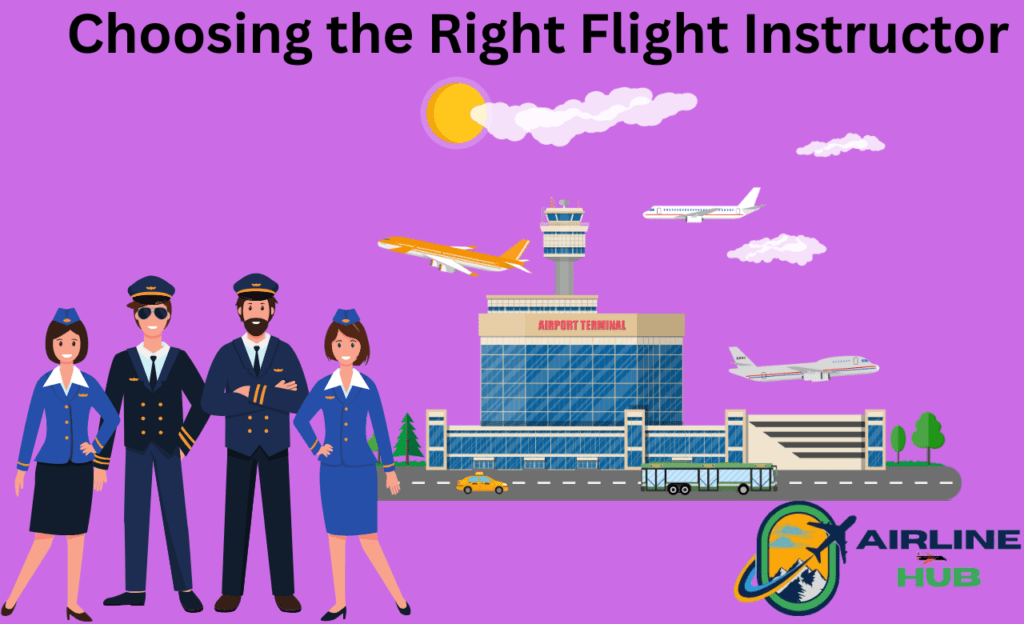
Selecting a competent and experienced flight instructor is essential for your success as a pilot. Your mentor will steer you through training, offer key insights, and assist in overcoming hurdles.
Scheduling flight lessons
Consistent practice is vital to mastering the art of flying. Schedule regular flight lessons to maintain momentum and progress steadily toward your goal of becoming an airline pilot.
Practicing Basic Flight Maneuvers
During your flight training, you’ll learn and practice a variety of basic flight maneuvers, including takeoffs, landings, climbs, descents, turns, and stalls. Mastery of these maneuvers is essential for safe and proficient flying.
Progressing to Advanced Training
As you gain proficiency and confidence, you’ll advance to more complex flight maneuvers and scenarios, such as cross-country flights, instrument flying, and emergency procedures.
Gaining Night Flying Experience
Night flying introduces additional challenges and considerations, such as limited visibility and reliance on instruments. Acquiring night-flying experience is a necessary step towards becoming a well-rounded pilot.
Obtaining an Instrument Rating
Instrument rating enables pilots to fly in bad weather and navigate using instruments only. It enhances safety and opens up opportunities for flying in various environments.
Mastering instrument-flying techniques
Instrument flying requires precision, focus, and adherence to procedures. Mastering instrument flying techniques is essential for navigating through clouds, fog, and other low-visibility conditions.
Pursuing Multi-Engine Training
Many airline operations require pilots to be proficient in flying multi-engine aircraft. Pursuing multi-engine training expands your skill set and enhances your employability as a commercial pilot.
Exploring specialized training options
Depending on your career goals and interests, you may pursue specialized training in areas such as aerobatics, seaplane flying, or flight instructing. These additional endorsements can set you apart in the competitive aviation industry.
Understanding Airspace Regulations
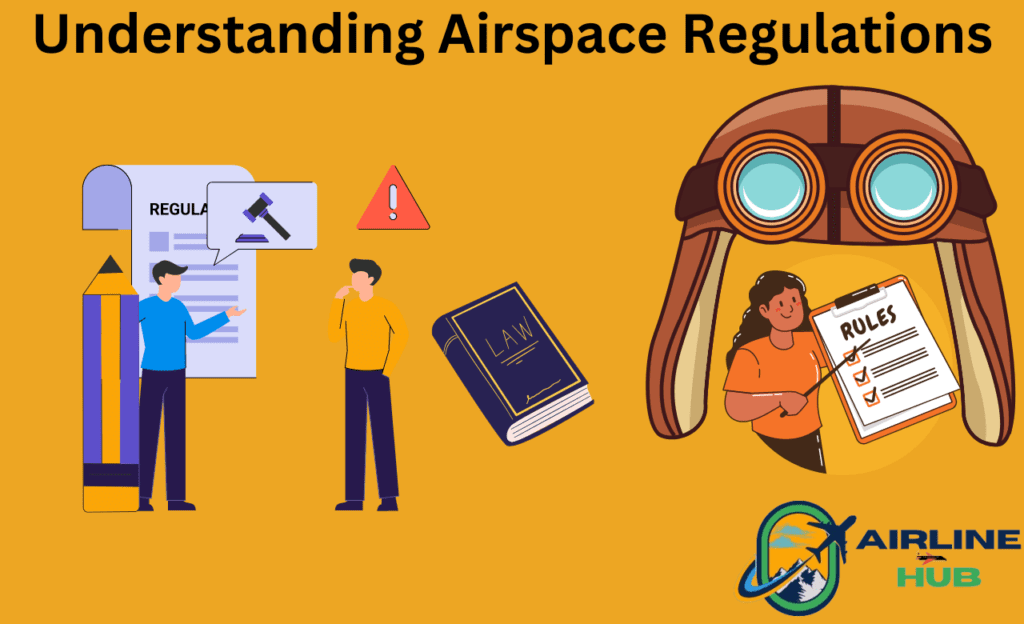
Mastering airspace regulations is vital for safe and lawful flight. Pilots must comply with airspace classifications, restrictions, and communication requirements to ensure smooth and orderly operations.
Studying Navigation and Weather
Navigation skills are essential for planning and executing flights, while knowledge of weather patterns and phenomena is vital for making informed decisions about flight routes and safety.
Developing decision-making skills
Pilots frequently encounter challenging scenarios demanding swift, wise decisions. Developing strong decision-making skills is essential for mitigating risks and ensuring the safety of both themselves and their passengers.
Preparing for the FAA Written Exams
Before obtaining your commercial pilot license, you’ll need to pass several FAA-written exams covering topics such as regulations, navigation, weather, and aircraft systems. Preparation is critical to success in these exams.
Taking Practical Flight Tests
Once you’ve completed your training and met the required flight hours, you’ll undergo practical flight tests with an FAA examiner. These tests assess your flying skills, knowledge, and ability to handle various flight scenarios.
Securing a Commercial Pilot License
Upon successful completion of your training and examinations, you’ll receive your commercial pilot license, allowing you to fly for hire and pursue career opportunities in the aviation industry.
Building Experience as a Certified Pilot
After obtaining your commercial pilot license, you’ll begin building experience by working as a flight instructor, conducting aerial tours, or flying cargo and charter flights. This experience is valuable for advancing your career as an airline pilot.
Networking within the aviation community
Networking within the aviation community is crucial for gaining insights, making connections, and exploring job opportunities. Participate in industry gatherings, join aviation groups, and connect with fellow pilots to network and collaborate.
Exploring job opportunities
With your commercial pilot license and experience, you’ll be ready to explore job opportunities in various sectors of the aviation industry, including regional airlines, charter companies, corporate aviation, and more.
Applying for airline pilot positions
As you gain experience and accumulate flight hours, you can start applying for airline pilot positions with central and regional carriers. Prepare a professional resume, undergo interviews, and demonstrate your skills and qualifications.
Continuing education and training
In aviation, staying current on tech, rules, and best practices is critical. Continuous learning and training are vital for career growth and skill upkeep.
Conclusion
Becoming an airline pilot in California is a challenging yet rewarding journey that requires dedication, perseverance, and a passion for aviation. By following the steps outlined in this guide and committing to continuous learning and growth, you can turn your dream of flying into a fulfilling career.
FAQs
The timeline for becoming an airline pilot can vary depending on individual circumstances, but it typically takes several years to complete the necessary training and gain the required experience.
Yes, California offers a vibrant aviation scene with numerous flight schools, diverse weather conditions for training, and bustling airports, making it an excellent destination for aspiring airline pilots.
To become an airline pilot in California, individuals must typically be at least 18 years old to obtain the necessary certifications and licenses required for commercial flying.
Yes, many flight schools in California offer financial aid, scholarships, and financing options to help aspiring pilots cover the costs of their training, making it more accessible to individuals from diverse backgrounds.
The timeline for becoming an airline pilot in California can vary depending on factors such as the individual’s dedication, the type of training program chosen, and external factors like weather conditions affecting flight training schedules. However, it typically takes several years to complete the required training and gain the necessary experience to become a commercial airline pilot.
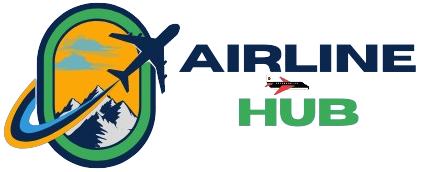



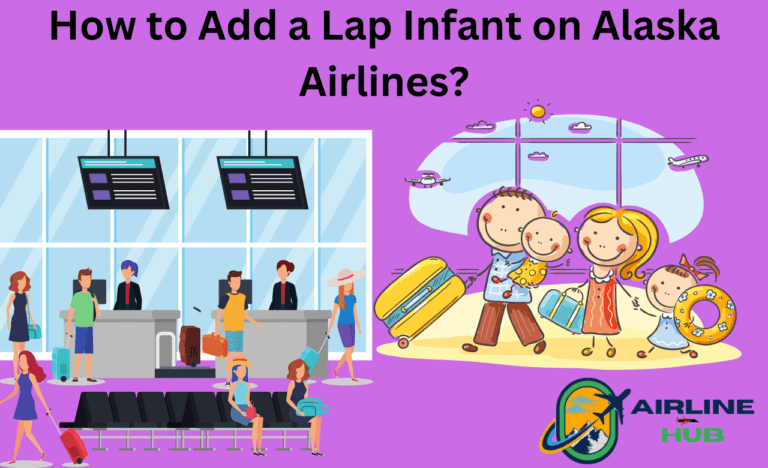


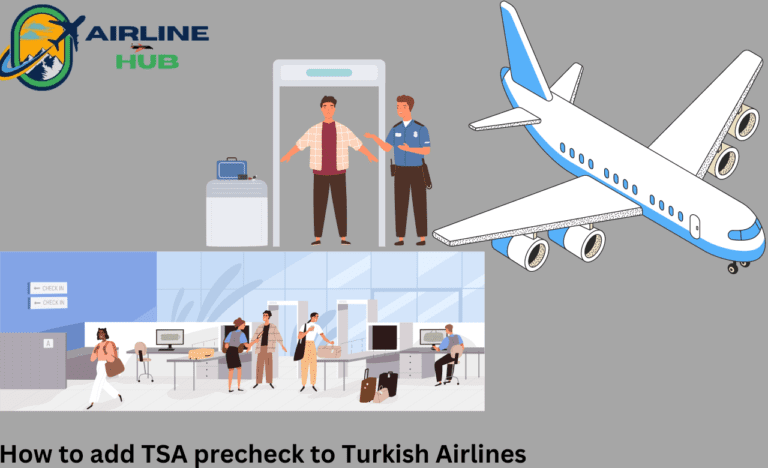
2 Comments